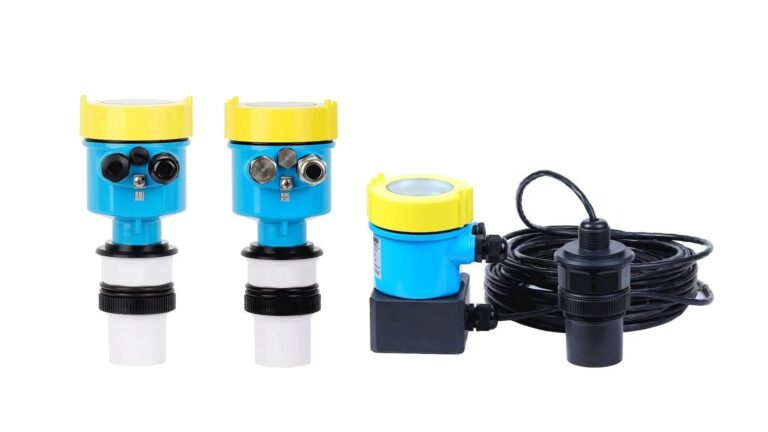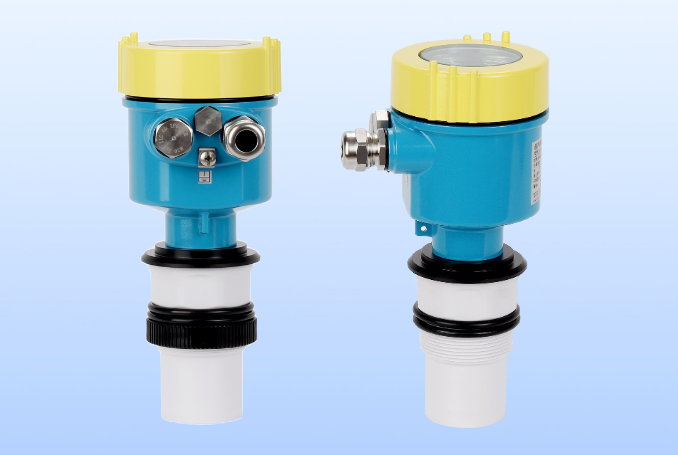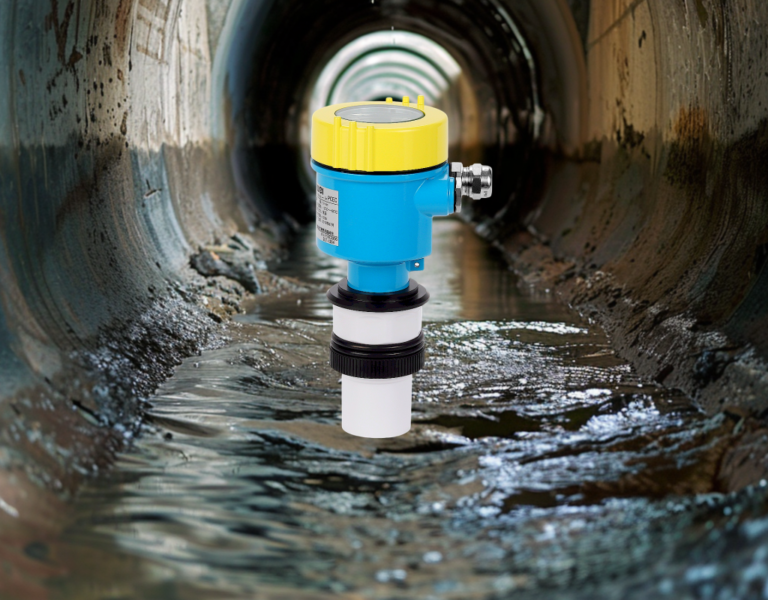In industrial automation instruments, such as ultrasonic level meters and pressure transmitters, two-wire and four-wire systems are common wiring methods for signal transmission and power supply. The core differences lie in the power supply method, wiring structure, and suitability for different applications. Below is a detailed comparison of these two systems.

Core Differences: A Comparative Table
| Comparison Factor | Two-Wire System | Four-Wire System |
|---|---|---|
| Power & Signal | Power and signal share two wires, with the signal superimposed on the power supply. | Power and signal are separate, using four wires (2 for power + 2 for signal). |
| Power Type | Typically DC 24V (industry standard), supplied by the control system or on-site power. | Can be powered by DC (e.g., 24V DC) or AC (e.g., 220V AC), offering more flexible power options. |
| Power Consumption | Low power consumption, typically in the mA range (depends on loop current supply), designed for energy efficiency. | Higher power consumption, suitable for devices with high power needs (e.g., heating, complex signal processing). |
| Signal Type | Mainly 4-20mA analog signals (signal is transmitted via current variations, with 4mA for the minimum range and 20mA for the maximum range). | Supports 4-20mA analog signals, RS485 digital signals, and others, with more stable signal transmission and enhanced anti-interference. |
| Wiring Complexity | Simple wiring with only two wires, low installation cost, and easy maintenance. | Relatively complex wiring, requiring separate power and signal lines, leading to slightly higher installation and maintenance costs. |
| Suitable Applications | Ideal for low-power, small to medium-sized instruments, long-distance transmission, and explosion-proof areas (simplified wiring reduces safety hazards). | Suitable for high-power instruments, devices with complex functions (e.g., display screens, alarm modules), and environments where high signal stability is required. |

Detailed Explanations
1. Two-Wire System: Simple and Energy-Efficient
Working Principle: The “current loop” is used for power supply. The control system outputs a 24V DC power supply via two wires, which are sent to the instrument. The instrument then converts the measurement signal into a 4-20mA current signal, which is transmitted back to the control system. In this case, the two wires serve both power and signal transmission.
Advantages:
Low wiring cost, reducing the number of cables on-site. This is especially beneficial for long-distance transmission (e.g., tens to hundreds of meters).
Due to its low power consumption, it is ideal for use in explosion-proof areas (e.g., chemical plants), reducing the safety risks associated with circuit heating and making it easier to meet explosion-proof standards.
Limitations:
Due to power limitations, it cannot drive high-power modules. Therefore, instruments with local displays, heating functions, or complex processing modules generally do not use the two-wire system.
There are specific requirements for wire resistance. If the wire is too thin or the distance is too long, insufficient power supply can affect signal accuracy.

2. Four-Wire System: Stable and High-Powered
Working Principle: The power supply line exclusively provides stable power to the instrument (either DC or AC), meeting the high power requirements. The signal line independently transmits the measurement signal, avoiding power supply fluctuations that might interfere with the signal, ensuring high transmission accuracy.
Advantages:
Strong power supply capability, suitable for instruments with LCD displays, audible/visual alarms, data storage, and other complex functions.
Signal and power are separated, enhancing resistance to electromagnetic interference, making it ideal for environments with high electromagnetic interference (e.g., near motors or variable frequency drives).
Limitations:
Requires additional power cables, which can increase wiring workload, especially in large industrial sites. This increases installation and future maintenance costs.
Not suitable for applications where simplified wiring is crucial, such as areas with fixed conduits and limited space.
Selection Recommendations
Two-Wire System: Preferable for low-power, conventional instruments (e.g., basic ultrasonic level meters, standard pressure transmitters), especially when installed at a distance and where simple wiring is a priority.
Four-Wire System: Ideal for instruments with local displays, high-power modules, or where electromagnetic interference is high, and there is a need for precise measurement.

In practice, the choice between a two-wire and four-wire system for ultrasonic level meters depends on factors such as the instrument model, site power supply conditions, functional requirements, and compliance with industrial wiring standards (e.g., explosion-proof and anti-static requirements).
